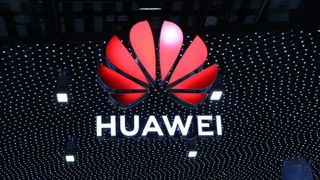The Presidential order was first signed in May 2019 (opens in new tab) and effectively cuts Huawei out of the US market, while also preventing it from working with U.S. companies like Google. This means that Huawei smartphones and laptops can no longer use things like Google Mobiles Services (GMS), which severely limits the number of apps and other services that they have access to. The ban apparently sparks from worries that Huawei is providing information on U.S. citizens to the Chinese government, which is a major shareholder. Huawei reverently denies these accusations. Despite the strong wording of the original ban, it still hasn’t really come into full effect though thanks to a series of temporary licenses that the Commerce Department has granted Huawei, which lets the Chinese tech giant work with U.S. companies to support existing devices like the Huawei P30 Pro (opens in new tab). But until the ban is lifted, that’s likely to be the last Huawei smartphone that has access to things like the Google Play Store or Google Maps. And even that delicate balance is uncertain at this time, as the latest of these temporary reprieves is about to expire on May 15, and so far we’ve had no word from either Huawei or the Commerce Department on whether the deal is likely to be extended. Before this spat with the U.S. government, Huawei was making huge strides across the globe, building some of the best smartphones (opens in new tab), tablets (opens in new tab), and laptops (opens in new tab). It was providing some serious competition to the likes of Samsung and Apple. But as we saw with the Honor 9X Pro (opens in new tab), a smartphone is only as good as the software it can access and despite the excellent hardware inside Huawei devices, it’s almost impossible to recommend one until they have access to GMS again.
